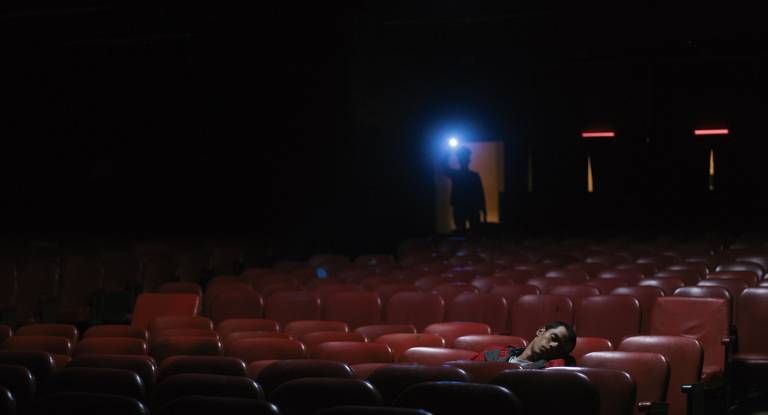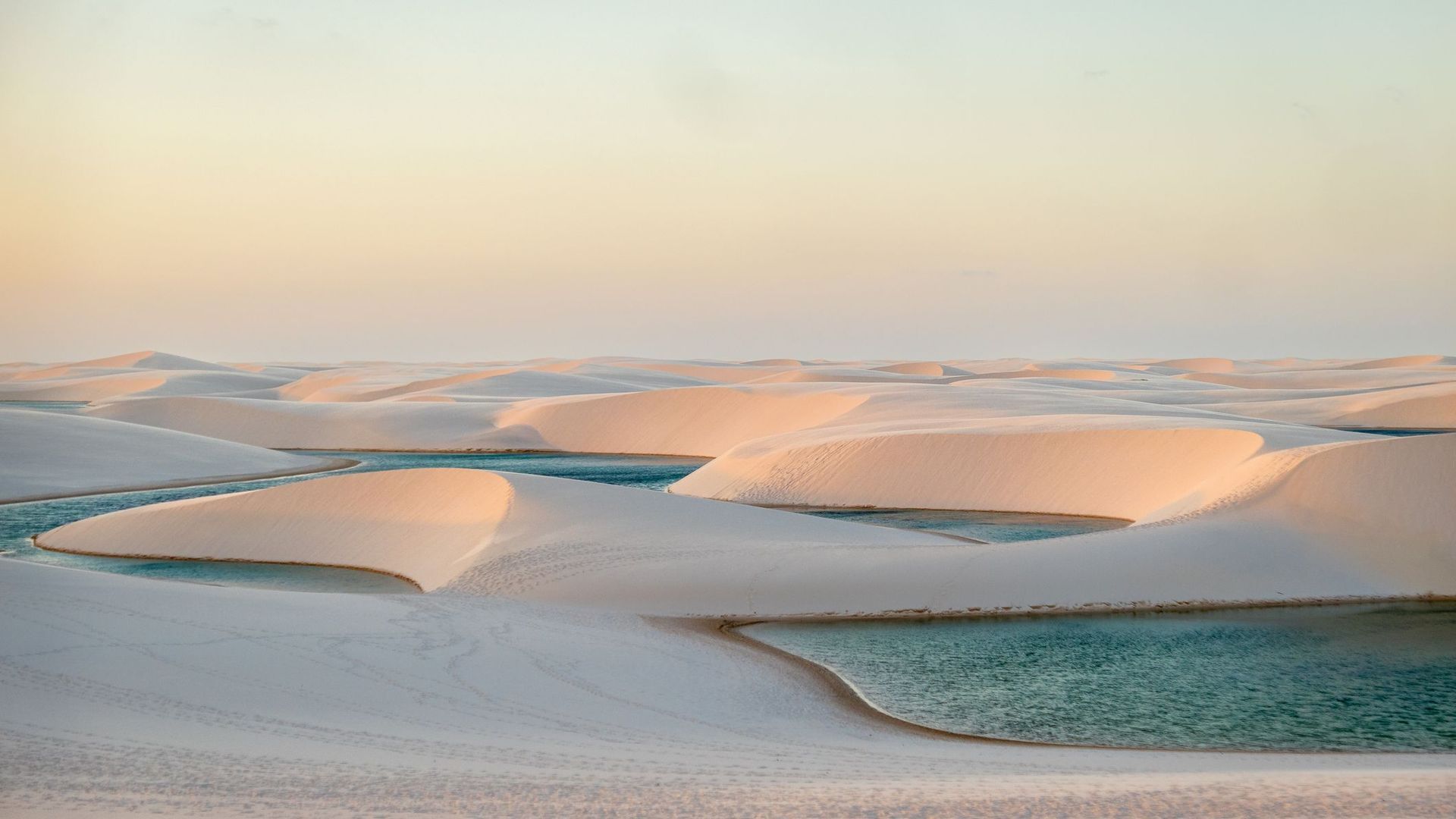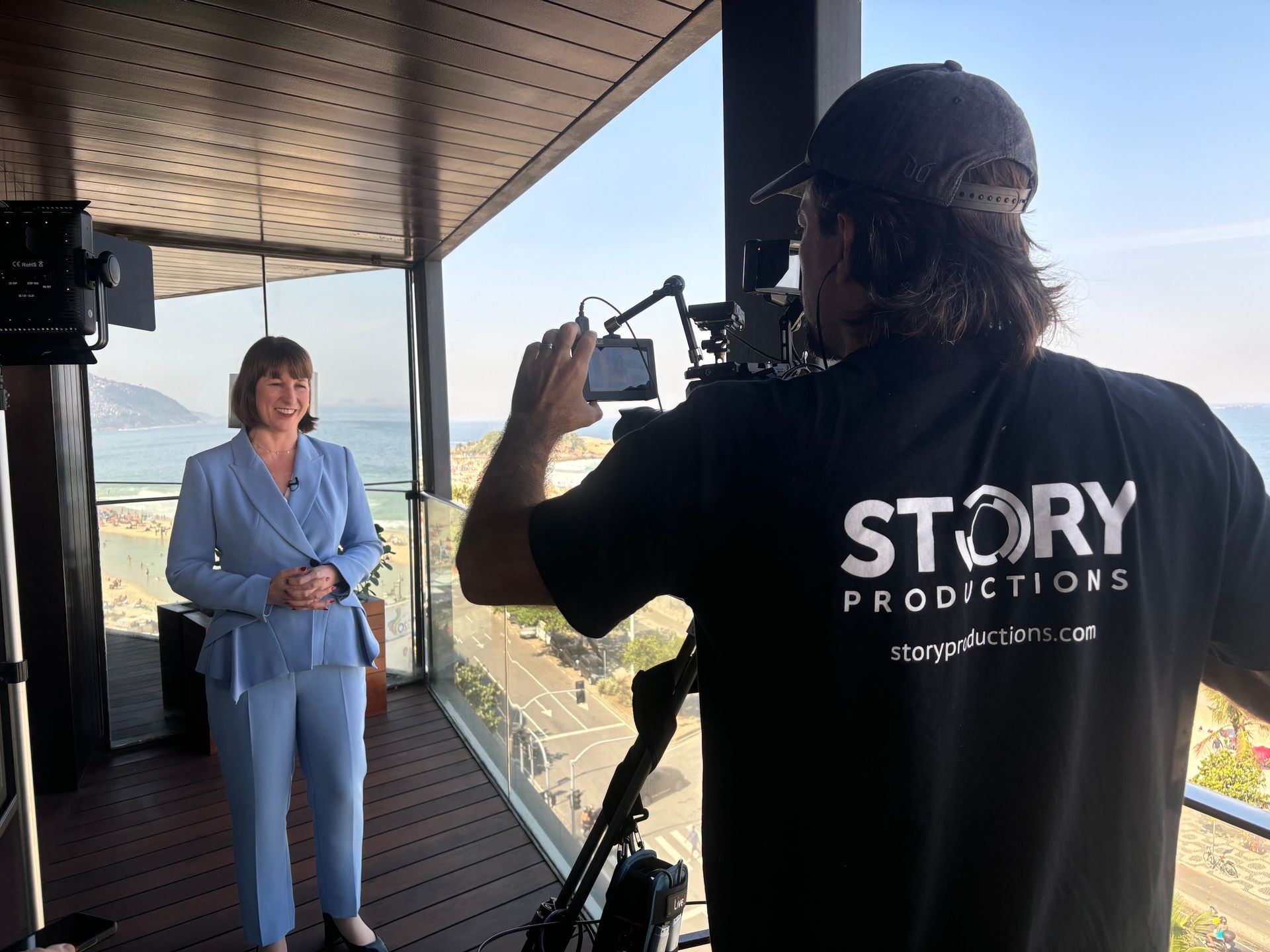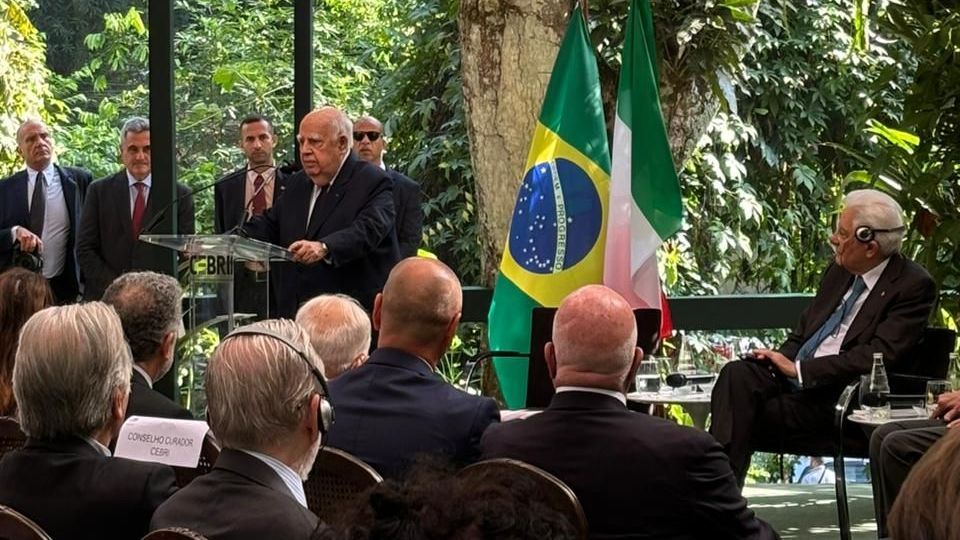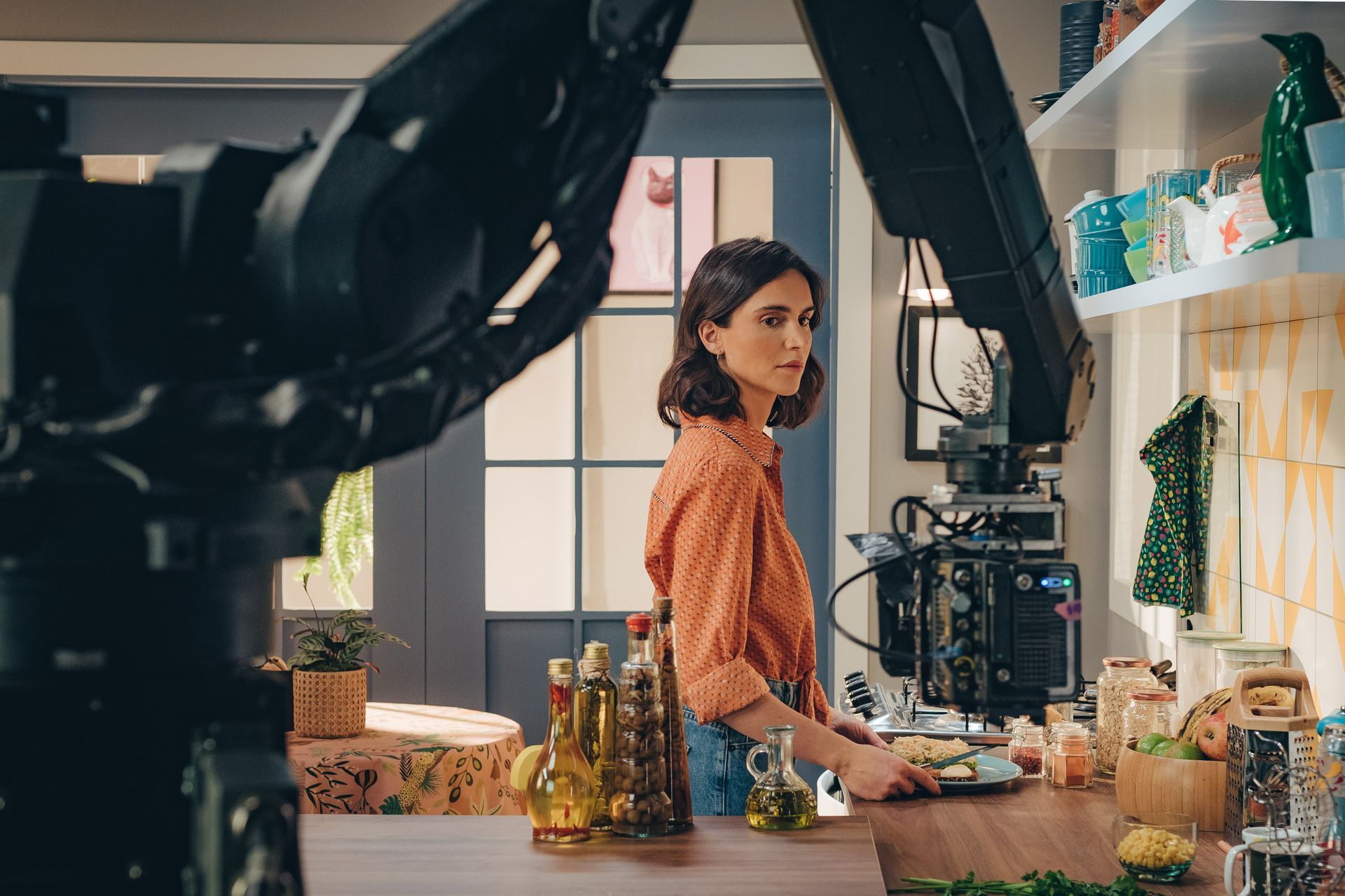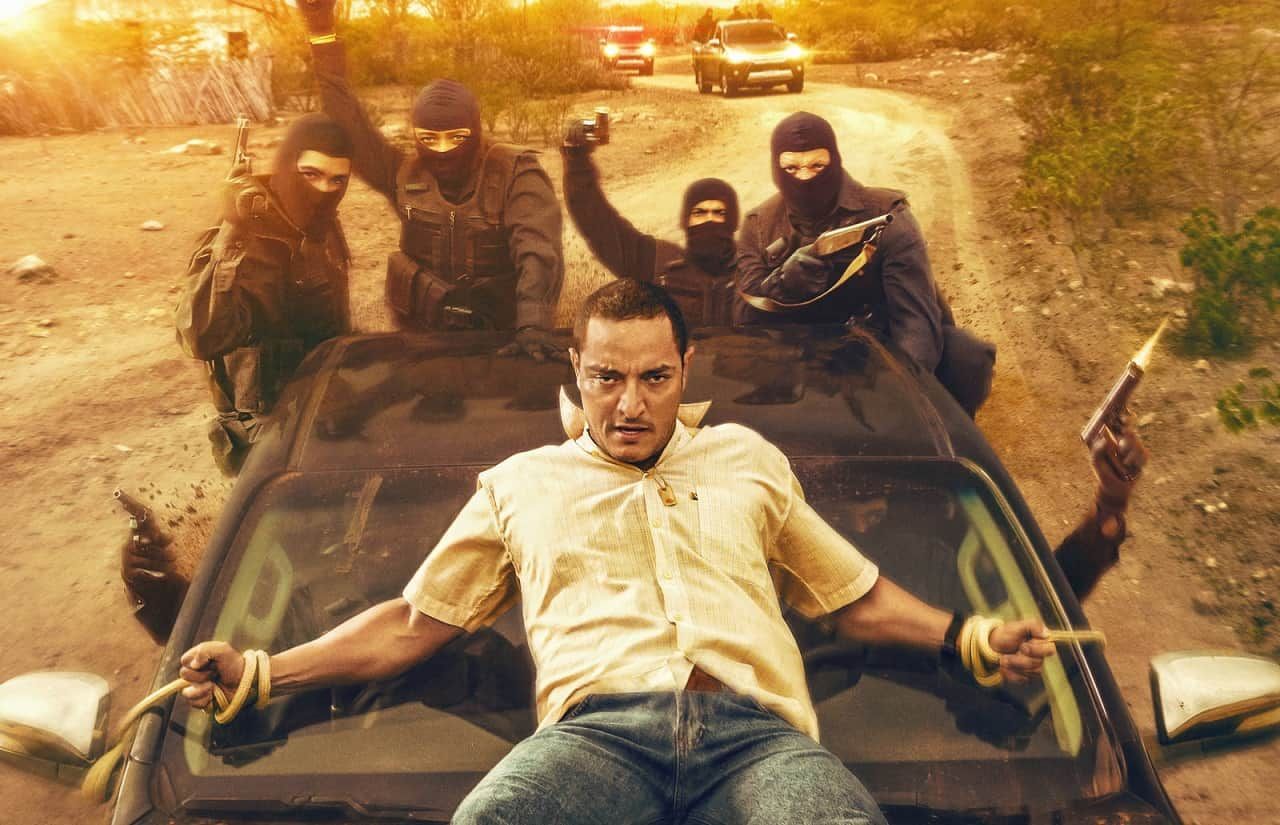Brazil Spotlight: "The Amazon tipping point is here, it is now"
The expansion of deforestation in the Amazon has reached a “tipping point” capable of triggering regional climate change
For decades, scientists have been speculating how much deforestation the Amazon rainforest is capable of withstanding without affecting its natural regeneration capacity and the climate. In the coming weeks, the Brazilian National Institute for Space Research will announce the official annual deforestation rate in the Amazon for 2020, which appears to be higher than in 2019.
About 19 per cent of the original forest has already been destroyed. About 80 per cent remains intact. But the continuous advance of deforestation puts the region closer and closer to a “tipping point” capable of transforming the south of the Amazon into a savannah.
In 1991, Brazilian researcher Carlos Nobre led a famous study on the impact of deforestation in the rainforest. With a computer program calibrated with a climatic model of air circulation and cloud condensation, coupled with a representative model of tropical vegetation, Nobre adjusted the conditions affecting the region and analyzed the resulting scenarios.
His study showed that when forests are replaced by pasture, there is a 30 per cent reduction in vegetation transpiration, a process that absorbs water from the soil and recycles it into the atmosphere through evaporation; a 25 per cent decrease in rainfall; and a 20 per cent reduction in runoff. As a result, the temperature would rise by 2.5ºC, the dry season would be prolonged, and the regeneration capacity of the forest would be compromised, leading to the savannization of the deforested region.
Several studies have strengthened the hypothesis. As of 2005, a consensus was reached that the increase in deforestation and the reduction of forest transpiration would affect the agricultural center of South America, irrigated by the “flying rivers” of rain produced by the Amazon forest. The impact would affect almost the entire subcontinent except for Chile, which is shielded by the Andes against humidity, directly affecting the economies of Brazil, Argentina, Uruguay, Paraguay, and Bolivia.
In 2007, Nobre published another study assuming a “business-as-usual” scenario of future deforestation, indicating that the loss of 40 per cent of the forest would approach the “tipping point” of the climatic limit of the natural functioning of the ecosystem. Faced with the continuous expansion of deforestation, speculation about the “tipping point” captured the attention of the media, foreshadowing a possible “multiple organ failure” of the remaining forest fragments.
In 2018, Nobre and the American biologist Thomas Lovejoy published a joint study acknowledging that the “tipping point” of hydrological degradation should be reviewed in light of “worsening negative synergies” between deforestation and climate change. With fires advancing in the east, southeast, and south of the Amazon, the turning point of the ecosystem would correspond, now, to a “20-25 per cent” loss of woodlands.
However, deforestation has not stopped, however. In December 2019, Nobre and Lovejoy published an alarmist article with the title –
Amazon Tipping Point: Last Chance for Action – stating that climate change has already altered the region’s natural dynamics. “The tipping point is here, it is now,” they wrote. Proof of this would be hotter and longer summers, intense droughts like the one in 2005, 2010, and 2015, and increasing early mortality rates of plant species.
If scientists are correct and if deforestation continues to increase, the most affected region of the Amazon rainforest may already be on its way towards collapse, hastening the transition to savannah. This would result not just in a loss of biodiversity, but the altering of the climate for an entire region.
About Brazil Spotlight
Every month, Story Productions will publish a new Brazil Spotlight column by Ricardo Arnt, a Brazilian journalist and author with
more than forty years experience, including as director of Planeta magazine and TV Bandeirantes, editor of
Exame magazine,
Folha de São Paulo and
Superinteressante (published by Editora Abril) as well the international editor of Jornal Nacional on TV Globo.
Subscribe to our newsletter to be one of the first to read it. From the economics of sustainability to deforestation in the Amazon, Ricardo will be hunting out the most interesting, topical stories that are one step ahead of the news cycle. We want to inspire TV producers and researchers around the world with ideas that get them inspired for their next production. Read more about the column or email press@storyproductions.com to suggest a topic to be covered. Interested in covering something you've read here? Get a quote for your next production in Brazil.
Brazil Spotlight Archive
Share this story:
Get the latest news straight into your inbox!
Contact Us
Read another story
